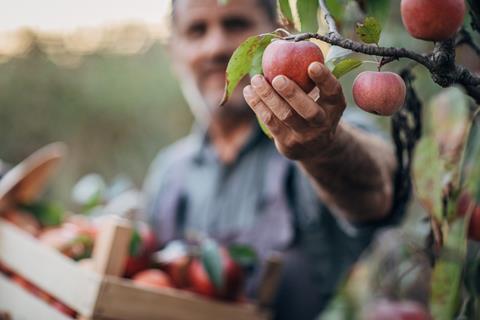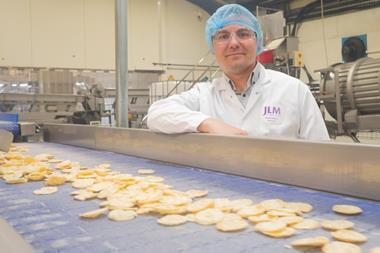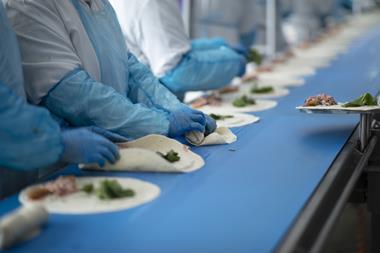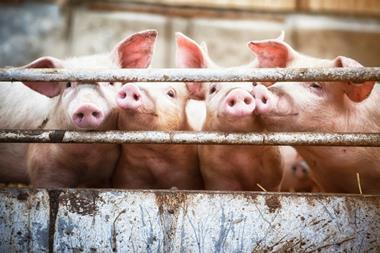
Almost every conversation I’ve had recently in the industry has landed on volatility. One side of this relates to business-as-usual factors, such as the need to address changing customer trends and the ever-continuing continuing supermarket price wars.
But there is also an ‘unprecedented’ element to the volatility. An overused term, but a fair characterisation of the confluence of inflationary pressures, labour shortages, and supply chain stress that is bearing down on businesses.
Fresh produce is in the eye of this storm. The failures we’ve seen emerge in this area have been notable, providing lessons for the wider industry.
High insolvency rates
A look at the hard data shows insolvencies up to May this year were tracking at around 168 cases across food and drink. That’s well above what we were seeing pre-pandemic, when cases were hitting around 250 a year. While rates have dropped since 2023 – there were 477 insolvencies in the sector in that year alone – a look under the bonnet shows there are still rising rates in several sub-sectors for fresh produce, such as growing crops and processing vegetables.
Notable cases include UK Salads and A Gomez, both of which supplied products such as tomatoes, peppers, and cucumbers into major retailers. Most recently there was potato supplier AH Worth, which followed Troy Foods’ prepped vegetable business and MyFresh.
Of the multiple factors that are challenging the viability of fresh produce businesses, the critical three are weather, supermarket behaviour and consumer trends.
Rain, tills, and pockets
Insolvency reports are pointing to changing weather conditions as a core factor in causing distress – contributing to rising costs and squeezed margins.
For potato growers, wetter winters and drier summers are hampering planting and the likelihood of a bumper crop, which is pushing prices to highs of £750/MT, up 88% year on year – and there are likely other higher examples on the spot market. In the cucumber industry, erratic weather patterns are driving a need to invest more in polytunnels and greenhouses to maintain yields, which is pushing production out of the UK.
Given this is a low-margin sub-sector, it could be that competition will inevitably result in insolvencies, with the result being fewer, larger players, as has happened in the prepared veg industry.
However, ultimate demand for fresh produce isn’t going anywhere any time soon. The drive to increase domestic food production in the face of climate change is another factor to consider.
Strategies for success
We see opportunities for well-established, financially resilient companies to acquire potentially smaller operators and benefit from consolidation and build scale. There is also resilience through diversification, as operators consider how to mix UK produce with imports.
Collaboration will be a defining factor for fresh food in the coming years. This is about greater engagement between science and the food production industry to drive new product development.
But also, producers need more protections to ensure a fair price for produce, and an appreciation of the challenges of farming. Pricing needs to reflect factors such as yields, that are, within reason, out of the control of farmers and the intermediaries that process, wash, prep, package and ship these goods.
Clearly, there continue to be challenges in fresh produce, and volatility will continue to define conversation and business strategy. But there is opportunity out there for those willing to adapt, collaborate and engage.



















No comments yet